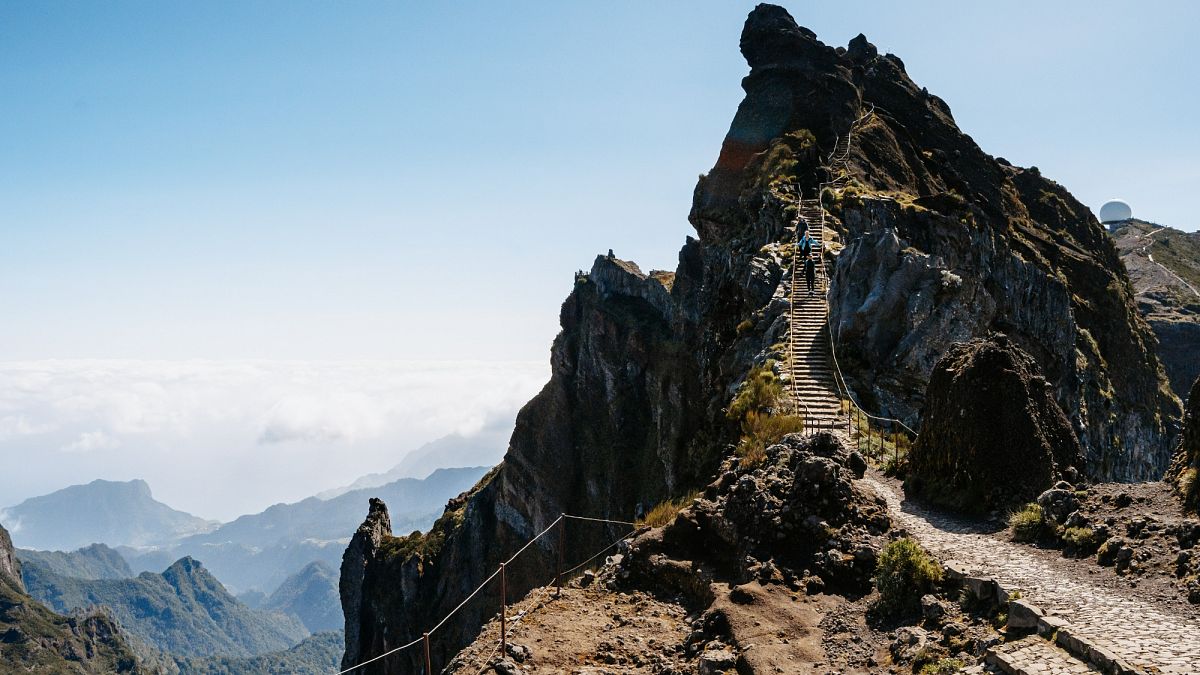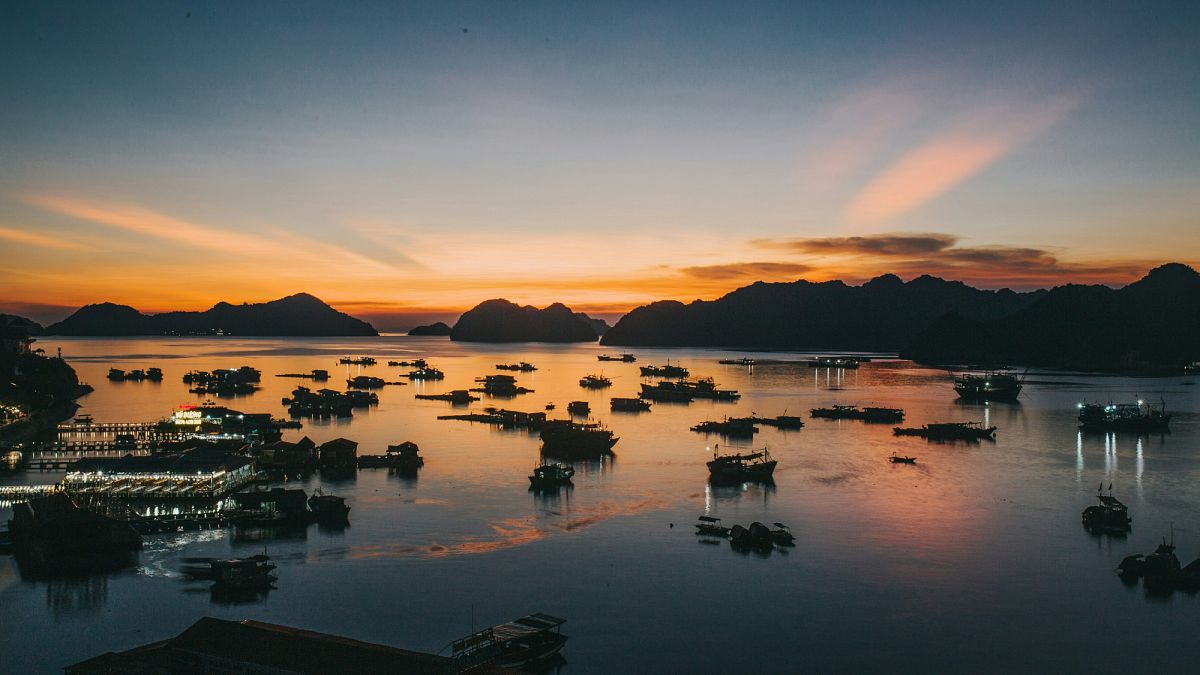Madeira has long been a holiday favourite for travellers looking for sunshine, seaside resorts and stunning natural surroundings.
But in peak season, the island is often overwhelmed with visitors who damage its fragile ecosystems and wild landscapes.
Stella Kamba, founder of active travel company More Life Adventures, wants holidaymakers to rethink their view of the Portuguese hotspot.
She is spotlighting its burgeoning reputation as one of the adventure capitals of Europe and an ideal shoulder-season destination.
Madeira adventurers can scale lush peaks and canyon through natural pools
Kamba describes Madeira as an unsung paradise for active and adventure seekers.
“What makes Madeira so special is the diversity of experiences available in such a compact island,” Kamba says.
“In the morning, you can be scaling a 1,800 metres peak in the clouds, and in the afternoon, you could be canyoning in its lush inlands surrounded by waterfalls and natural pools. It’s one of the few destinations in Europe where you can have so many activities in such close proximity.”
She says it is especially attractive from February to March and September to November, when the island is at its quietest and its natural landscapes are in their prime.
“Madeira has always had the natural assets to be an adventure travel destination, but in the case of many of my clients, they hadn’t even considered the breadth of opportunities it could offer them,” Kamba says.
“I think this is a case of the island flying under people’s radars, but there are just so many adventurous experiences amidst Madeira’s unique geography of volcanic peaks, rugged coastlines, and laurel forests.”
The UK has had a 12 per cent rise in flights to Madeira since 2024, with several airlines expanding their services to this Portuguese island this year, making it increasingly accessible to visit outside peak periods.
For outdoor enthusiasts, Kamba has shared her top adventure activities that active travellers should experience when visiting Madeira.
Hike the Pico to Pico, two of the highest peaks in Madeira
On the Pico to Pico trail, travellers summit two of the island’s highest peaks along narrow paths carved into the rock.
The route takes roughly 3.5 hours on a round-trip and spans 12.2 kilometres, during which you scale the magnificent Pico Ruivo mountain and Pico do Areeiro.
Soaring at 1,862 metres, Pico Ruivo is the highest peak in Madeira, and Kamba says that summiting it feels like “climbing into the clouds, without the need for superhuman stamina.”
Pico do Areeiro is the island’s third-highest peak, reaching an equally lofty 1,818 metres.
While the hike is relatively challenging, it is manageable for anyone with a reasonable level of fitness and its path is well-maintained by the local authorities.
On the route, travellers can expect panoramic views of Madeira’s rugged mountains and cloud-drenched valleys, alongside ancient lava flows and the relict laurel trees.
“Often you’ll reach the peak, and you’ll be above the clouds. Granted, you might be out of breath, but it’s totally worth the effort and one of the most rewarding activities there is on the island, whether you’re a seasoned hiker or not,” says Kamba.
Explore Faja dos Padres, a modern-day Garden of Eden
Faja dos Padres is a secluded coastal area of Madeira tucked between the Atlantic Ocean and a 250-metre cliff.
It is accessible only by boat or by cable car, “which descends dramatically down the cliffside, allowing you to witness the lush, terraced landscape of Madeira as you approach its strip of land,” Kamba says.
Home to mango, banana, and avocado plantations protected by its unique microclimate, and a small pebbled beach perfect to take a moment and reflect, “it’s like a modern-day Garden of Eden,” she adds.
Canyon through waterfalls in Madeira’s inland
To connect with Madeira’s wild heart, Kamba suggests canyoning as a way to immerse yourself in the island’s lush forests, misty waterfalls, and volcanic rock formations.
“The island is, in my opinion, one of the best in Europe for canyoning, and you can slide down natural rock slides and jump into pools before swimming through narrow canyons drenched in sunlight,” she says. “You’ll feel awe and adrenaline all at the same time.”
The ecological park of Funchal, located 12km from the vibrant capital, lies in a mountainous area between 470 and 1,818 metres of altitude.
It is dedicated to conserving much of the island’s untouched nature and wildlife in its region, and offers a fantastic beginner-level destination for canyoning, according to Kamba.
Madeira’s 20-million-year-old subtropical rainforest, the Laurisilva forest, which is a UNESCO World Heritage Site, is an alternative spot for more seasoned canyoners, she adds.
Diving along Madeira’s coastline
According to Kamba, a trip to Madeira would not be complete without experiencing its diving opportunities along the coastline of reefs, caves, and volcanic rock formations.
The island has several local diving companies offering safe explorations of the waters and its myriad underwater species, from barracudas to rays, octopus, and even seahorses.
One of the best sites for diving on the island is Reis Magos Beach, where the waters are known for their transparency.
“Whether you’re a seasoned diver or you’re learning the ropes, this Blue Flag beach is suitable for all,” Kamba adds.












